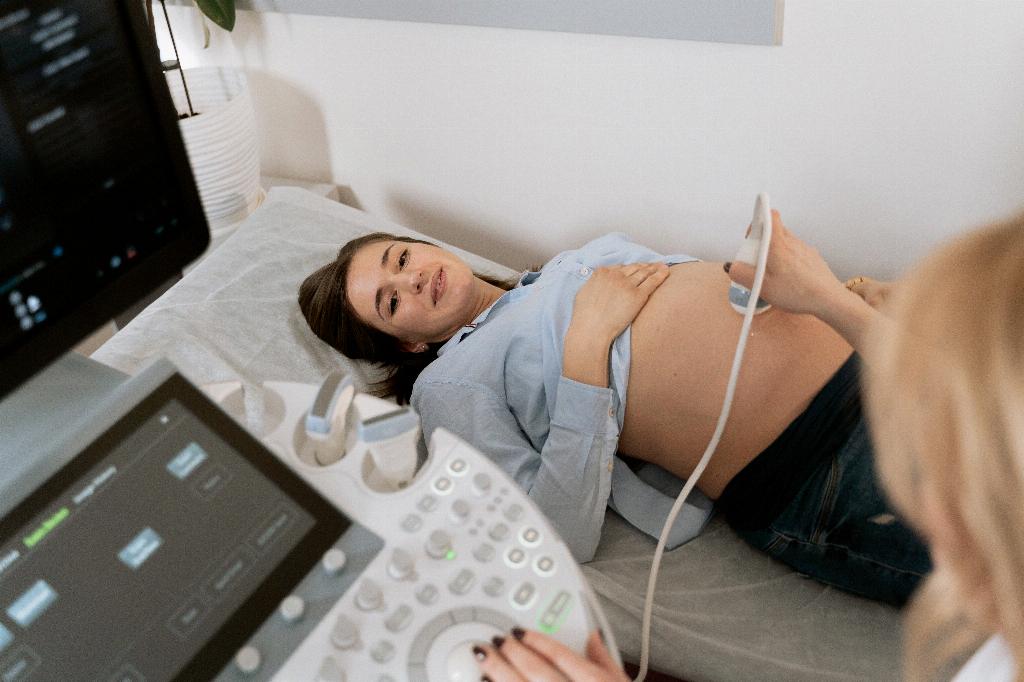When it comes to chiropractic care during pregnancy, many women wonder about the safety of such treatments. The good news is that chiropractors can provide safe and effective care for most pregnant women. However, it’s essential to consider certain factors before seeking chiropractic treatment while pregnant.
One crucial point to remember is that chiropractic care is generally safe for most pregnancies. It can help alleviate discomfort associated with pregnancy, such as back pain, pelvic pain, and sciatica. Many pregnant women find relief through chiropractic adjustments, which can help improve overall spinal health and mobility.
It is important to note that while chiropractic care is generally safe during pregnancy, there are specific conditions in which caution should be exercised. If you are experiencing vaginal bleeding of unknown causes, have been diagnosed with preeclampsia, or are at risk of premature labor, it is advisable to consult with your obstetrician before seeking chiropractic treatment.
Before starting any chiropractic care during pregnancy, it is recommended to find a chiropractor who has experience working with pregnant women. Chiropractors who specialize in prenatal care understand the unique needs and considerations of pregnant patients and can provide appropriate adjustments to ensure safety and comfort.
Communication is key when seeking chiropractic care during pregnancy. Be sure to inform your chiropractor about your pregnancy and any specific concerns you may have. A qualified chiropractor will take the time to understand your situation and modify treatment techniques accordingly to ensure the safety and well-being of both you and your baby.
Chiropractic adjustments during pregnancy focus on promoting proper alignment of the spine and pelvis, which can help reduce discomfort and improve overall function. By addressing spinal misalignments, chiropractors aim to support the body’s natural ability to heal and function optimally, promoting a healthier pregnancy experience.
It’s essential to listen to your body during chiropractic treatments while pregnant and communicate any discomfort or concerns to your chiropractor. Open dialogue and feedback can help ensure that adjustments are performed gently and effectively, taking into account the unique physiological changes that occur during pregnancy.
Many women report positive experiences with chiropractic care during pregnancy, citing reduced pain, improved mobility, and better overall well-being. By working collaboratively with a skilled chiropractor, pregnant women can access natural and non-invasive treatments to support their health and comfort throughout their pregnancy.
As with any healthcare decision during pregnancy, it’s crucial to consult with your obstetrician or healthcare provider before starting chiropractic care. Your healthcare team can provide guidance and recommendations based on your individual health needs and ensure that any treatments you receive are safe and appropriate for your pregnancy.
In conclusion, chiropractors can offer safe and beneficial care for most pregnant women, helping to address common pregnancy-related discomforts and promote overall well-being. By choosing a chiropractor experienced in prenatal care, communicating openly about your pregnancy, and receiving gentle and appropriate adjustments, you can enjoy the potential benefits of chiropractic care during pregnancy.

